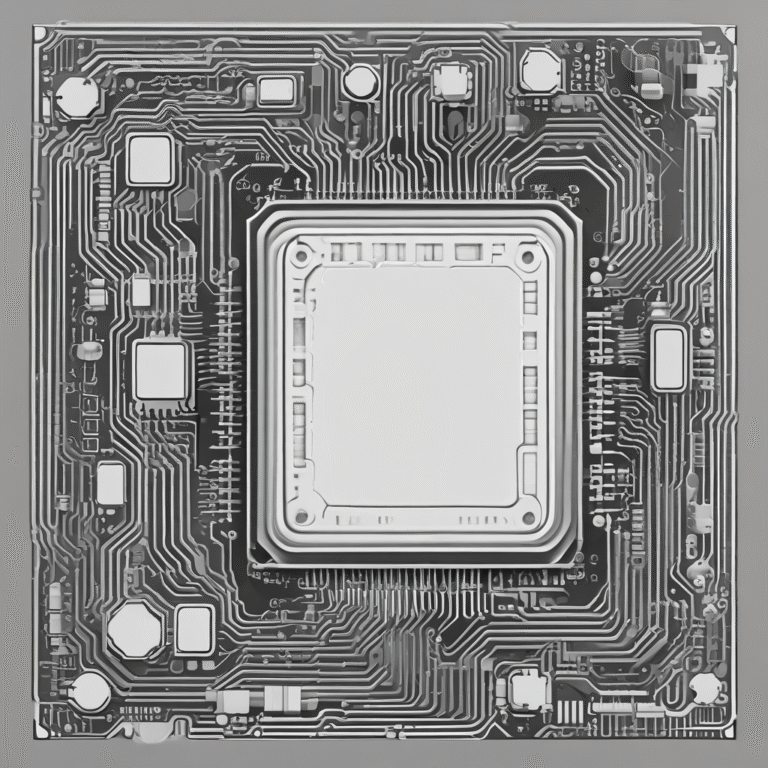Introduction to the EU AI Act
The European Union’s Artificial Intelligence Act marks a pivotal step in the global landscape of AI regulation. Initiated on February 2, 2025, this directive aims to safeguard fundamental rights by addressing and potentially banning artificial intelligence practices that pose significant risks to society. The Act’s phased implementation over 36 months sets critical milestones that organizations must prepare for to ensure compliance. This comprehensive framework signifies the EU’s commitment to managing AI’s impact on social and ethical values.
Overview of the EU AI Act and Its Significance
The EU AI Act is designed to create a structured regulatory environment that fosters innovation while protecting citizens from the adverse effects of unchecked AI deployment. By setting clear guidelines and prohibiting specific AI practices, the Act seeks to balance technological advancement with ethical responsibility. The significance of this legislation lies in its potential to influence global AI governance standards, making it imperative for businesses and policymakers to understand its implications thoroughly.
Timeline for Implementation and Key Milestones
The Act’s implementation will unfold in stages, with critical checkpoints in August 2025 and subsequent years. These milestones provide a roadmap for organizations to adjust their operations and ensure their AI systems comply with the new regulations. As the timeline progresses, companies must remain vigilant and proactive in aligning their practices with the evolving legal landscape.
Prohibited AI Practices Under the EU AI Act
Central to the EU AI Act is the prohibition of certain AI practices deemed harmful to human rights and societal welfare. The Act explicitly bans artificial intelligence systems that engage in subliminal manipulation, unauthorized use of sensitive data, and intrusive biometric data analysis.
Subliminal Manipulation
One of the most controversial aspects of AI is its potential to influence behavior through subliminal techniques. The EU AI Act prohibits such practices, emphasizing the importance of preserving human autonomy and dignity. By banning AI systems that manipulate users without their conscious awareness, the Act seeks to maintain trust and transparency in AI interactions.
Unauthorized Use of Sensitive Data
The Act strictly prohibits the exploitation of sensitive data for purposes like social scoring and categorization based on vulnerabilities. This measure aims to prevent discrimination and ensure that AI systems do not reinforce societal biases or infringe on individual privacy rights.
Facial Recognition and Biometric Data
Facial recognition technologies and biometric data analysis are limited under the Act, particularly when used to categorize individuals based on race, political beliefs, or other sensitive attributes. This restriction is crucial in preventing discrimination and protecting personal privacy.
Emotion Recognition in Workplaces and Education
The use of emotion recognition technologies in sensitive environments such as workplaces and educational institutions is banned. These technologies, if misused, can lead to invasive monitoring and discrimination, undermining the ethical standards the Act seeks to uphold.
Exceptions and Exemptions
While the EU AI Act imposes stringent prohibitions, it also recognizes the necessity of AI in certain contexts, allowing for specific exceptions under tightly regulated conditions.
Law Enforcement and Public Safety
AI applications in law enforcement are granted exceptions, provided they adhere to strict regulations that align with EU values. These exceptions are designed to support public safety while ensuring that AI use remains ethical and transparent.
Medical and Therapeutic Settings
AI systems employed for health and safety purposes are permitted under the Act, as long as they meet rigorous ethical standards. This provision acknowledges the potential benefits of AI in medical and therapeutic contexts while safeguarding against misuse.
Real-World Examples and Case Studies
The implications of the EU AI Act are profound, affecting a wide range of industries that rely on AI technologies. From hiring practices to educational monitoring, the Act challenges organizations to rethink their AI strategies.
Prohibited AI Applications
- AI-Driven Hiring Software: The Act prohibits the use of AI systems that analyze candidate emotions during interviews to prevent biased hiring decisions.
- Classroom AI Monitoring: Banning the assessment of student engagement through emotion recognition technologies aims to protect student privacy and foster a non-intrusive educational environment.
Compliant AI Applications
- Creditworthiness Assessment: AI tools assessing financial behavior rather than sensitive personal data offer compliant solutions for evaluating creditworthiness.
Technical Explanations
To navigate the EU AI Act successfully, organizations must understand the technical aspects of AI development and design systems that comply with the regulations.
How AI Systems Can Be Designed to Avoid Prohibited Practices
Developers should focus on transparency and intent clarity, ensuring that AI systems are built with features that align with ethical standards. This includes implementing thorough risk assessments and validation checks to prevent unauthorized AI applications.
Role of Transparency and Disclosure
Transparency is crucial in AI operations. By providing clear disclosures about AI functionalities and data usage, organizations can enhance trust and ensure compliance with regulatory requirements.
Actionable Insights
For businesses and developers, the EU AI Act offers a framework for ethical AI development, emphasizing the need for human-centric design and accountability.
Best Practices for Ethical AI Development
- Human-Centric Design: Prioritizing user dignity and non-discrimination in AI system design is essential for compliance.
- Transparency and Accountability: Ensuring that AI systems are transparent and explainable builds trust and aligns with the Act’s ethical standards.
Frameworks and Methodologies
Implementing robust AI governance frameworks is critical for organizations aiming to comply with the EU AI Act. These frameworks should incorporate risk assessment tools and monitoring systems to manage AI use effectively.
AI Governance Frameworks
Organizations are encouraged to establish governance structures that oversee AI operations, ensuring they adhere to ethical guidelines and regulatory requirements.
Risk Assessment Tools
Utilizing risk assessment tools helps identify and mitigate potential risks associated with AI systems, allowing organizations to address compliance challenges proactively.
Tools and Platforms for Compliance
Several tools and platforms can assist companies in managing AI systems and ensuring compliance with the EU AI Act.
AI Governance Platforms
These platforms offer solutions for monitoring AI operations and maintaining compliance, providing organizations with the necessary infrastructure to adapt to regulatory demands.
Data Protection Tools
Software designed to safeguard sensitive data and prevent unauthorized use is vital for organizations to adhere to the Act’s stringent data protection requirements.
Challenges & Solutions
As organizations strive to align with the EU AI Act, they face several challenges that require strategic solutions.
Key Challenges
- Balancing Innovation with Regulation: The tension between advancing AI technologies and adhering to regulatory standards can be challenging.
- Ensuring AI Literacy: Training personnel to manage AI systems responsibly is essential for compliance.
Solutions
- Collaborative Approaches: Industry-wide collaboration can help develop ethical AI standards and share best practices.
- Continuous Training and Education: Providing ongoing education programs enhances AI literacy among employees and supports compliance efforts.
Latest Trends & Future Outlook
The landscape of AI regulation continues to evolve, with the EU AI Act setting a precedent for other regions to follow.
Recent Industry Developments
There is a growing emphasis on ethical AI practices globally, with various regions adopting similar regulatory frameworks to address AI-related challenges.
Upcoming Trends
- Expansion of AI Regulations: As AI technologies advance, broader regulatory frameworks are expected to emerge, influencing global standards.
- Technological Innovations in Compliance: Emerging technologies that aid in AI compliance and governance are anticipated to play a crucial role in helping organizations navigate regulatory requirements.
Conclusion: Navigating the Challenges of Banning Artificial Intelligence Practices
The EU AI Act represents a significant step in the global effort to regulate artificial intelligence, balancing innovation with ethical responsibility. By banning artificial intelligence practices that threaten fundamental rights, the Act ensures that AI development progresses in a human-centric and transparent manner. As organizations adapt to this new regulatory environment, they must prioritize compliance and ethical AI practices to remain competitive and trustworthy. The journey toward ethical AI is ongoing, and the EU AI Act provides a foundational framework for navigating this complex landscape.









